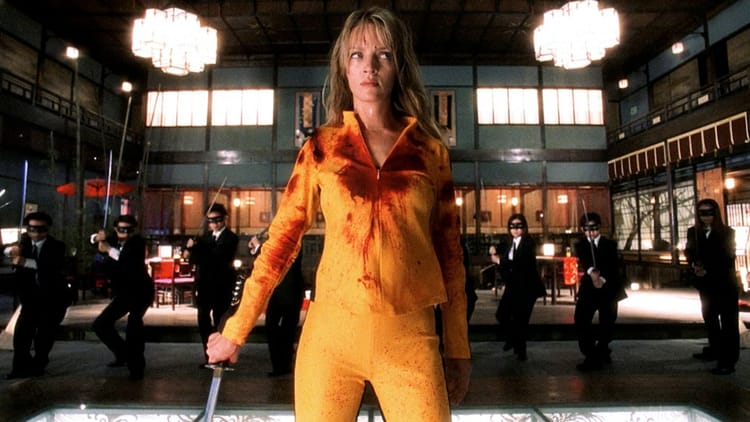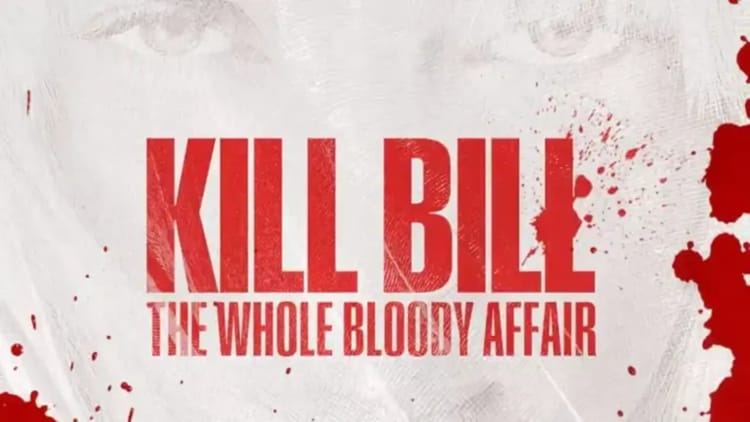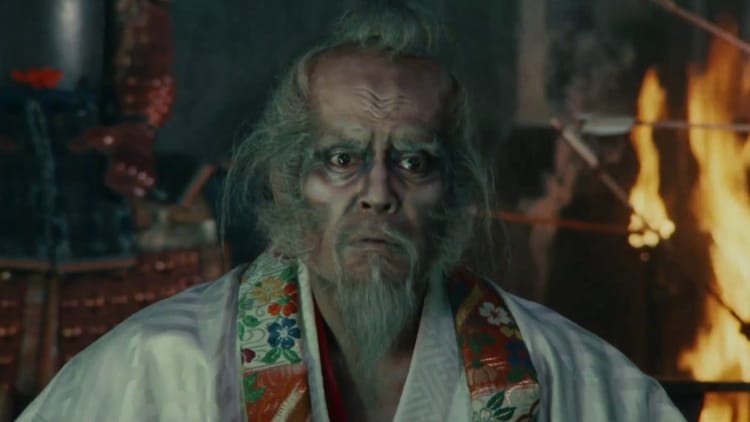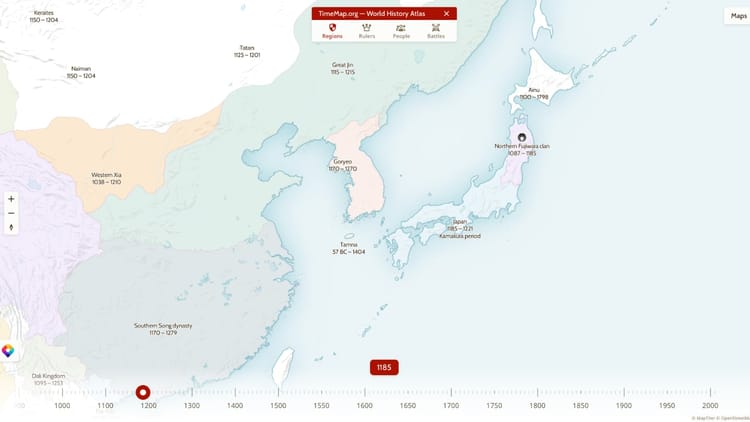Humanity and Paper Balloons
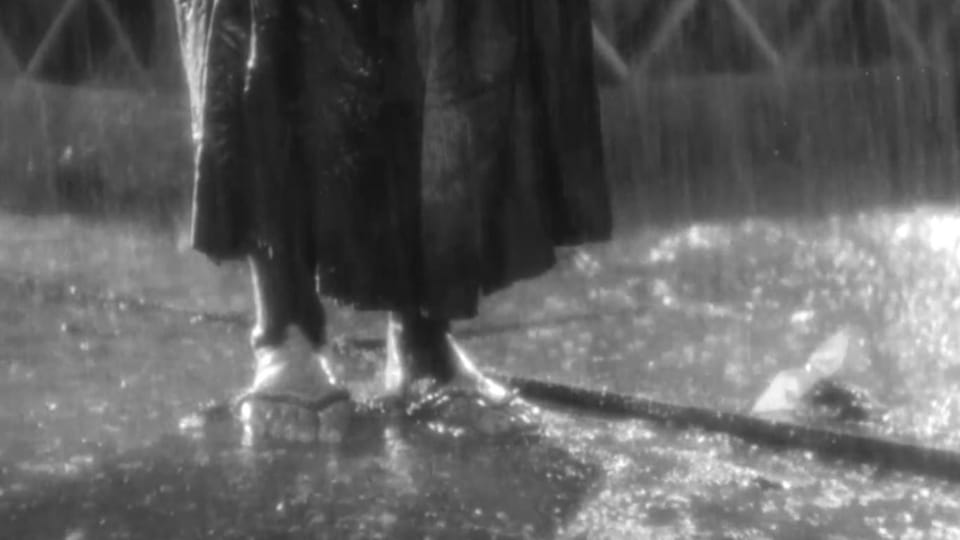
for a whole damn year, I’ve been neck-deep in all things Vikings and samurai. We’re talking books, articles, YouTube videos, and movies—oh, the movies! I devoured it all like a starving man at a buffet. But you know what? After all that time, my brain was cooked, fried, burnt to a crisp. I had to hit the brakes, take a step back, and get my head straight. That little breather? Yeah, it did the trick. But now? Now, baby, I’m back. The question is: where do you start when you’re ready to dive back into the madness? Let me tell you, it was a doozy.
Humanity and Paper Balloons (1937), directed by the rebel himself, Sadao Yamanaka. This isn’t your typical samurai flick, not by a long shot. This one’s got bite, the kind that gnaws at your bones long after the credits roll. In Japan, it’s practically legend, but outside? Crickets. And why? Because Yamanaka checked out at 29, just a year after this masterpiece dropped. While Ozu, Naruse, and Mizoguchi kept cranking out films through the 1950s and went global, Yamanaka? Gone too soon, baby, before the world even knew his name.
Sadly, early Japanese cinema is a graveyard of lost reels, thanks to flammable prints, bad storage, and nature going full apocalypse mode. The 1923 Great Kantō earthquake? Check. Firebombing of Tokyo? Double check. Post-war American censorship burning films like it was a bonfire party? You bet. Out of 22 Yamanaka films, only three are still standing: The Million Ryo Pot, Kōchiyama Sōshun, and Humanity and Paper Balloons. The rest? Ashes, whispers in the wind.
The backdrop here? The 1930s, a decade where Japan’s vibe was dark, desperate, and nationalistic as hell. Economic collapse, joblessness, and military coups? All on repeat. The country gobbled up jidaigeki period dramas like popcorn, a nostalgic nod to the days when samurai ruled and bushido wasn’t just a bumper sticker. Yamanaka thrived in this chaos, mixing traditional drama with enough social critique to sneak under the censors’ noses.
Yamanaka’s film journey started the old-school way, as an apprentice, sweating it out in a Kyoto studio. By 22, he was already a director, and by 1933, he was at Nikkatsu, cranking out period films and working with big-shot actors like Denjirō Ōkōchi. But Yamanaka wasn’t just a director; he was a subversive. He crafted films with a distinctly Japanese soul but spiced up with a Western flair that felt fresh, rebellious even. And his obsession? The eternal tango between ninjo (compassion) and giri (duty). In a time when Japan was all about duty and unity, Yamanaka flipped the script. His characters were flawed, raw, and oh-so-human.
Now, Humanity and Paper Balloons isn’t just a movie; it’s a gut-punch wrapped in black-and-white reels. Adapted from Kawatake Mokuami’s kabuki play, Yamanaka took the source material, ripped it apart, and turned it into an ensemble masterpiece. He even teamed up with Zenshin-za, a left-wing theater troupe known for shaking things up, just to sprinkle in some extra defiance.
Listen, you know why I keep bad tenants like you? Because I’ve got eyes on extra bonuses like this. Get it?
The plot follows Shinza (played by Kan’emon Nakamura), a barber with a gambling habit and a knack for making the wrong enemies, and Unno (Chôjûrô Kawarasaki), a broke ronin clinging to the scraps of samurai honor. Shinza’s schemes get him in hot water, while Unno’s quest for respect crashes into the indifference of a corrupt samurai named Mori (Kosaburô Tachibana). The samurai here? Forget noble warriors—these guys are broken, greedy, hanging by threads. One even offs himself because he had to trade his sword for a bamboo stick to buy dinner. Real heroic, right?
Visually, Yamanaka didn’t play by the rules. No grand, sweeping shots here. Instead, he crafted cramped alleys teeming with life, a rat’s nest of humanity that felt real enough to touch. He used floor-level camera angles, a move later attributed to Ozu, but Yamanaka made it his signature, capturing the claustrophobia, the trap his characters couldn’t escape.
The ensemble cast? Pure gold. Each character, from the blind street peddler to the hapless landlord, is sketched with care. Yamanaka takes his time setting the stage, layering in humor and social jabs that show the village as more than scenery, it’s a living, breathing player in the story. And when the hammer drops, it’s not just the main characters who bleed; it’s the whole community.
The film’s brutal realism and Yamanaka’s refusal to romanticize the past was a thumb in the eye of Japan’s rising nationalism. Here, power crushes the powerless without a second thought, and Yamanaka’s decision to keep his lens still, no dramatic swoops or pans, says it all. Life in that village isn’t going anywhere, and neither are its people.
In the end, Humanity and Paper Balloons is a lost king of cinema, a testament to Yamanaka’s defiant spirit and a grim reminder of what could’ve been if he hadn’t been snuffed out by war. It’s not just a film; it’s an elegy, a warning, and a masterpiece rolled into one.

